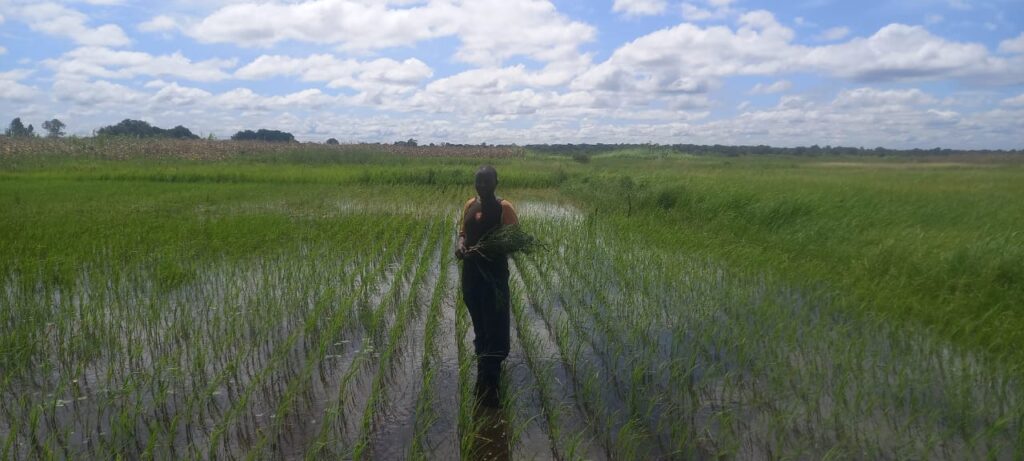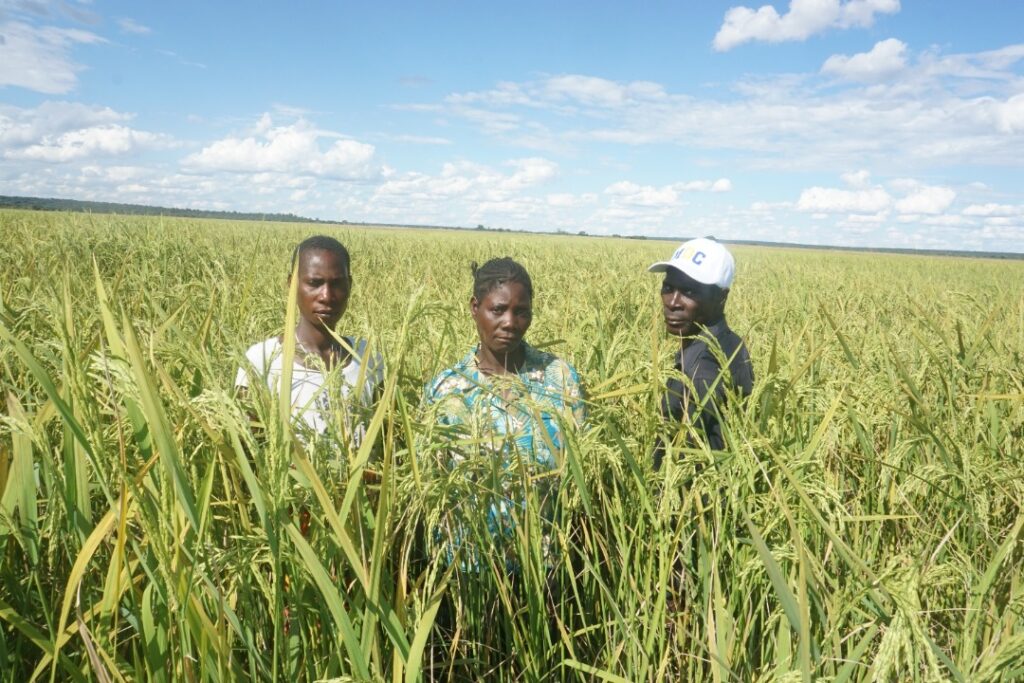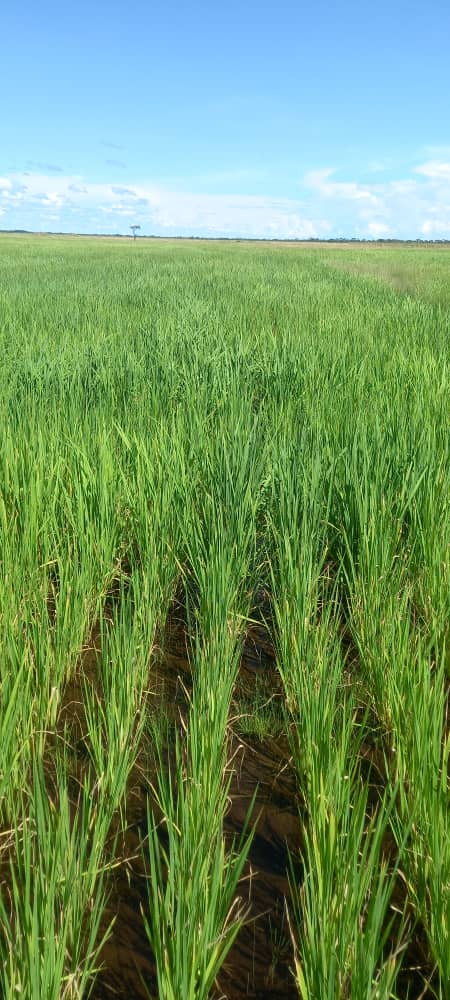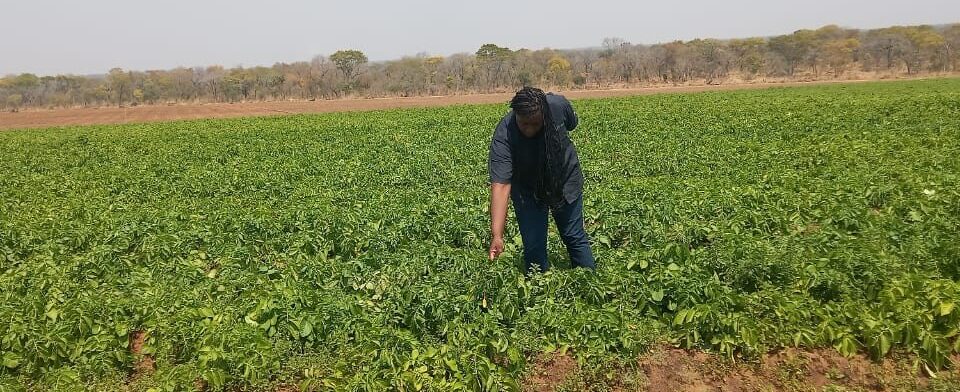
Rice is one of the most popular staple foods in the world but Methane emissions are a major source of greenhouse gas emissions, rice production is the third largest source of methane emissions in the world. As such, it is important to address the issue of methane emissions in rice production in order to reduce their impact on the environment. One solution to methane emissions in rice production is reducing the water used in rice cultivation. Rice paddies are typically flooded with water, and this creates anaerobic conditions that lead to the release of methane. Traditional irrigation systems often have high levels of water wastage can be reduced, and methane emissions can be decreased. This can be done by using techniques such as mulching, crop rotation, and using drought-tolerant varieties of rice. Another solution to methane emissions in rice production is to use more efficient irrigations systems.

Paddy rice production is a major source of methane emissions, and alternate drying and wetting (ADW) has been identified as an effective means of reducing those emissions. ADW is a soil management practice that involves alternating between periods of soil drying and soil wetting, in order to control the microbial decomposition of organic matter in the soil, thus reduce the release of methane. The increase in microbial activity leads to the breakdown of organic matter, which release methane into the atmosphere. However, by alternating between periods of drying and wetting, the effectiveness of ADW in controlling methane emissions has been demonstrated in numerous studies. In one study, ADW was found to reduce methane emissions by up to 40% compared to conventional wetting and drying practices. Furthermore, ADW can also reduce the amount of nitrogen and phosphorus released into the environment, as the drying process reduces the leaching of these nutrients into surface and groundwater. In order to maximize the effectiveness of ADW in controlling methane emissions, it is important to ensure that the soil is adequately drained and rewetted on a regular basis. Additionally, ADW should be implemented in conjunction with other emission reduction strategies, order to maximize its effectiveness.

Low emission rice varieties are varieties that have been developed to reduce methane emissions from rice production, they typically have higher levels of photosynthesis, which leads to greater amounts of carbon dioxide converted into biomass and less methane is released into the atmosphere.
They are several varieties of drought tolerant rice varieties that have been bred to grow in low amounts of water and reduce methane production. These includes varieties such as new rice for Africa (NERICA) and the system of rice intensification (SRI).
The use of carbon credits as an adoption enabler for low emissions rice production can provide incentives for farmers to reduce emissions and adopt sustainable practices. Carbon credits are type of tradable allowance that can be bought, sold, and exchanged allowing organizations and individuals to offset the emissions they produce by investing in certified emission reduction project. One example is in United States were a group of farmers who adopted sustainable production of rice were paid the carbon credits by Microsoft a first of its kind. This is encouraging as carbon market space needs to be exploited.(Northrup et al., 2021).
Policies to reduce methane emissions in rice production can enable the adoption of Low emission rice production for instance in places where it is difficult to control the amount of water in rice fields, irrigation schemes which control the amount of water that enter a field should be belt. (Sander, 2022)
